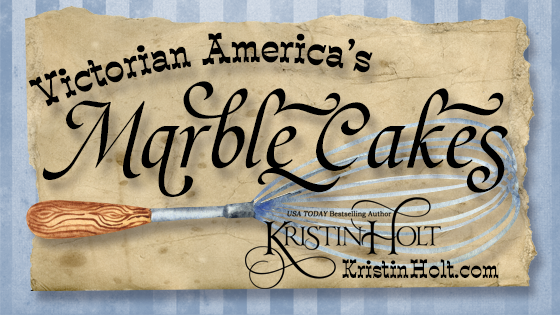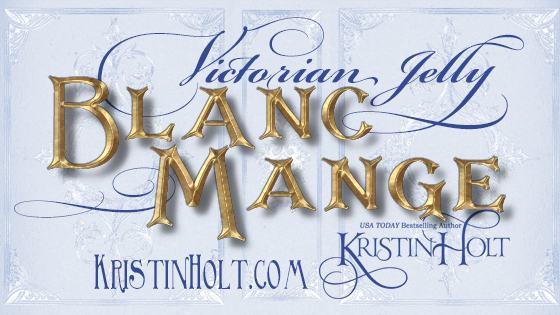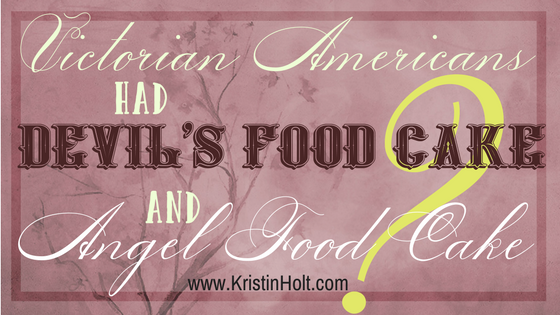
by Kristin Holt | Aug 13, 2021 | Articles
German immigrants brought Marmorkuchen–marble cake–to the United States. Vintage cook books and newspapers show spice-and-yellow cake batters swirled together. Late-nineteenth-century bakers began to swap spice cake for chocolate. Delicious vintage baking!

by Kristin Holt | Apr 23, 2021 | Articles
Blanc Mange (blancmange) was a favorite throughout the nineteenth century, in the UK and in the States. Victorians thickened this favorite gelled dessert with a wide variety of articles, old and new. Vintage recipes gathered from era cook books and newspapers, along with newspaper advertisements, show the wide range of blanc manges in Victorian dining.

by Kristin Holt | Jan 26, 2018 | Articles
Which came FIRST in Victorian home kitchens? Angel’s Food Cake or Devil’s Food Cake? BOTH appeared in the 1800’s…but one was definitely first. Which is your guess?
This post begins a new blog series, all about Victorian home bakers, CAKE, Angel (Angel’s) Food Cake, Chocolate Cake (and Devil’s Food Cake), Cake Moulds and Tins, Time-saving Inventions for cooks / bakers, and more than one surprise!

by Kristin Holt | Dec 4, 2017 | Articles
Can you imagine baking cookies like a Victorian? Given many ingredients and measuring methods are unfamiliar to today’s cooks, I’ve shared brief info about those mystery ingredients and 19th-century measuring implements.

by Kristin Holt | Jul 17, 2016 | Articles
“A cross between guidebook and social commentary, The Spinster Book gives clever and humorous insights on topics such as courting, handling men and women, love letters, marriage and spinsterhood.” I share one of the book’s vignettes on men; how they compare to cats…and a most successful way (for a Victorian lady, at least) to win a man’s heart, an invitation to a live theater or opera production, and his undying adoration. The book was published in 1901. The author (Myrtle Reed)’s sense of humor shines through, and sheds more than a little light on Victorian attitudes about courtship.













